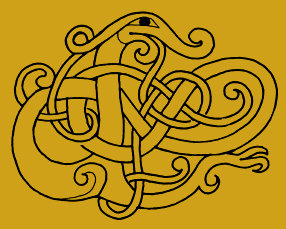Celtic Myth and Legend - The Selkie Folk
Originally published January 22, 2013 by the Transceltic Team:
The Selkie-folk, in the mythology of Orkney and Shetland, are a supernatural race of shape-shifting seal creatures. They are said to be able to shed their seal skin and then take human form. However, it was vital for the Selkie never to lose its seal skin for it was that which gave them the ability to return to their original seal from. Sometimes the Selkies were known for shedding their skins and sunbathing on the beaches and rocks in their human form.
Selkie males were said to be able to turn into handsome mortals and are noted for their encounters with the women they were able to seduce. Selkie females are also said to be highly attractive in their human form to men. In the tale of ‘The Goodman o’ Wastness’ a handsome young man finds a group of Selkie-folk lying naked on the rocks in the sunshine. He surprises them and all but one manages to retrieve their seal skins and escape to the water. In her haste one of the Selkie-folk leaves her skin on the rock and is not able to return to seal form. The Goodman takes the skin.
The Selkie woman follows him and begs for the return of her skin. He refuses and she remains in human form. She is of great beauty and ends up marrying the Goodman. They remain together for many years and they have seven children. Then one day, with the aid of her youngest daughter the Selkie discovers the hidden seal skin. She returns to the sea and dons the skin. Swimming out she joins the Selkie husband she used to have.
As the Selkie swims away from the shore she sees her human husband rowing back to land after a fishing trip. She shouts to him and tells him that she is leaving to return to her Selkie man who she loves more. The Goodman never saw his Selkie wife again. It is said that until the end of his days he would wander the sea edge ever looking for his lost love.


- Emmett McIntyre's blog
- Log in to post comments






